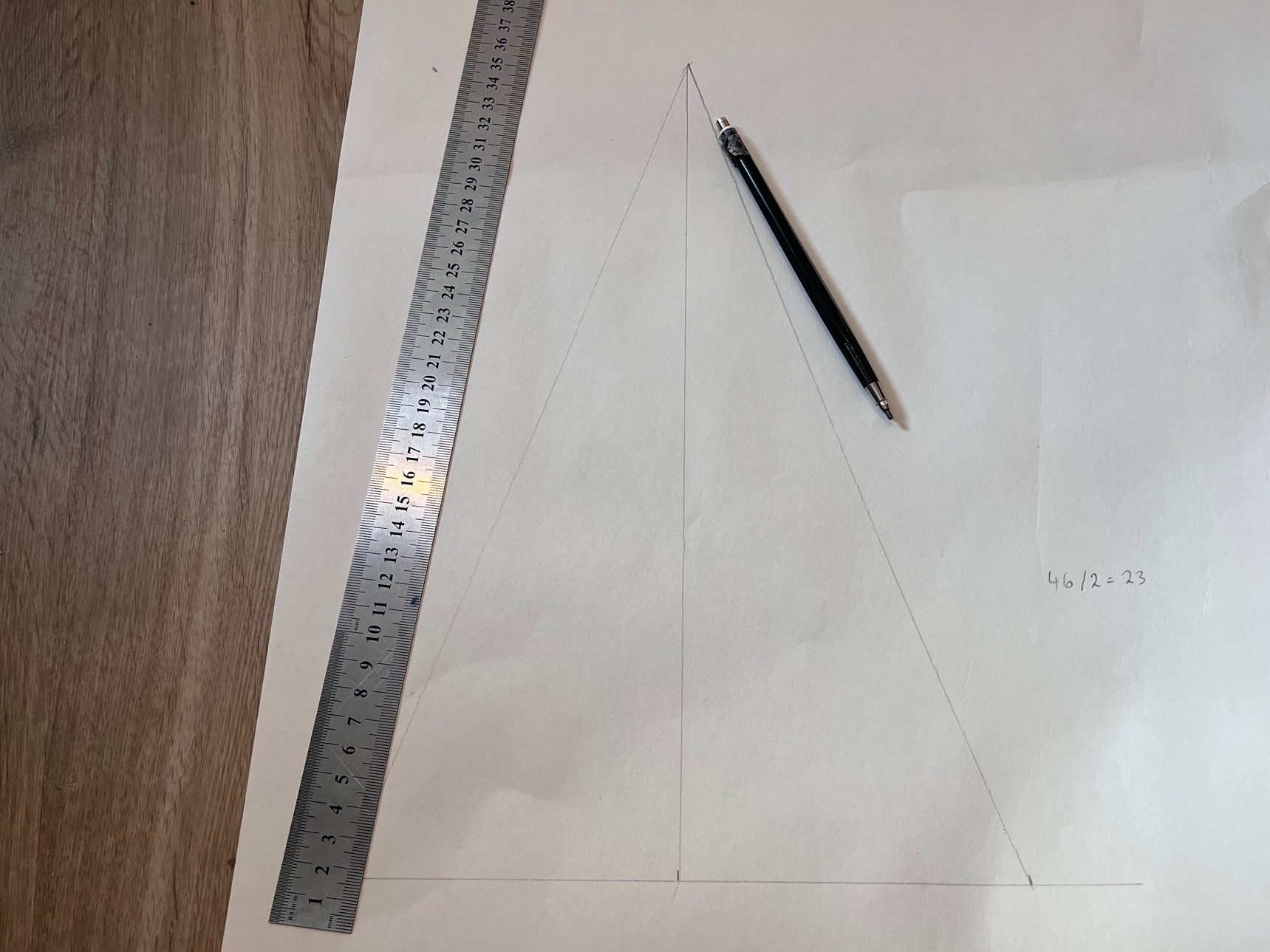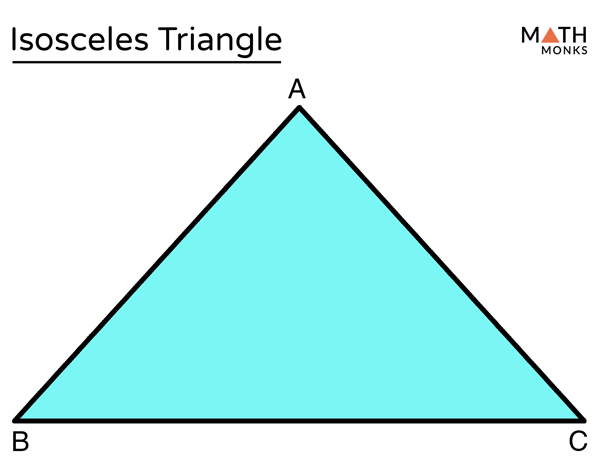

It is not possible for a triangle to have more than one vertex with internal angle greater than or equal to 90°, or it would no longer be a triangle.In an obtuse triangle, one of the angles of the triangle is greater than 90°, while in an acute triangle, all of the angles are less than 90°, as shown below. Any triangle that is not a right triangle is classified as an oblique triangle and can either be obtuse or acute. The longest edge of a right triangle, which is the edge opposite the right angle, is called the hypotenuse. A right triangle is a triangle in which one of the angles is 90°, and is denoted by two line segments forming a square at the vertex constituting the right angle. Triangles classified based on their internal angles fall into two categories: right or oblique. When actual values are entered, the calculator output will reflect what the shape of the input triangle should look like.

Note that the triangle provided in the calculator is not shown to scale while it looks equilateral (and has angle markings that typically would be read as equal), it is not necessarily equilateral and is simply a representation of a triangle. As can be seen from the triangles above, the length and internal angles of a triangle are directly related, so it makes sense that an equilateral triangle has three equal internal angles, and three equal length sides. Similar notation exists for the internal angles of a triangle, denoted by differing numbers of concentric arcs located at the triangle's vertices. Tick marks on the edge of a triangle are a common notation that reflects the length of the side, where the same number of ticks means equal length. When none of the sides of a triangle have equal lengths, it is referred to as scalene, as depicted below. For example, a triangle in which all three sides have equal lengths is called an equilateral triangle while a triangle in which two sides have equal lengths is called isosceles. Furthermore, triangles tend to be described based on the length of their sides, as well as their internal angles. Hence, a triangle with vertices a, b, and c is typically denoted as Δabc. A triangle is usually referred to by its vertices. A vertex is a point where two or more curves, lines, or edges meet in the case of a triangle, the three vertices are joined by three line segments called edges. When radians are selected as the angle unit, it can take values such as pi/2, pi/4, etc.Ī triangle is a polygon that has three vertices. Please provide 3 values including at least one side to the following 6 fields, and click the "Calculate" button. The apothem of a regular polygon is also the height of an isosceles triangle formed by the center and a side of the polygon, as shown in the figure below.įor the regular pentagon ABCDE above, the height of isosceles triangle BCG is an apothem of the polygon.Home / math / triangle calculator Triangle Calculator The length of the base, called the hypotenuse of the triangle, is times the length of its leg. When the base angles of an isosceles triangle are 45°, the triangle is a special triangle called a 45°-45°-90° triangle. Base BC reflects onto itself when reflecting across the altitude. Leg AB reflects across altitude AD to leg AC.

The altitude of an isosceles triangle is also a line of symmetry. So, ∠B≅∠C, since corresponding parts of congruent triangles are also congruent. Based on this, △ADB≅△ADC by the Side-Side-Side theorem for congruent triangles since BD ≅CD, AB ≅ AC, and AD ≅AD. Using the Pythagorean Theorem where l is the length of the legs. ABC can be divided into two congruent triangles by drawing line segment AD, which is also the height of triangle ABC. Refer to triangle ABC below.ĪB ≅AC so triangle ABC is isosceles. The base angles of an isosceles triangle are the same in measure. Using the Pythagorean Theorem, we can find that the base, legs, and height of an isosceles triangle have the following relationships: The height of an isosceles triangle is the perpendicular line segment drawn from base of the triangle to the opposing vertex. The angle opposite the base is called the vertex angle, and the angles opposite the legs are called base angles. Parts of an isosceles triangleįor an isosceles triangle with only two congruent sides, the congruent sides are called legs. DE≅DF≅EF, so △DEF is both an isosceles and an equilateral triangle.


 0 kommentar(er)
0 kommentar(er)
